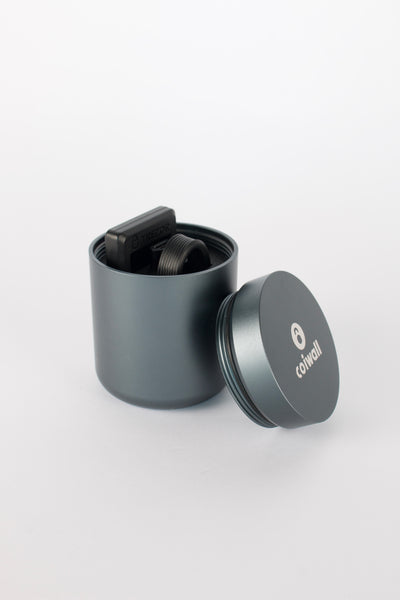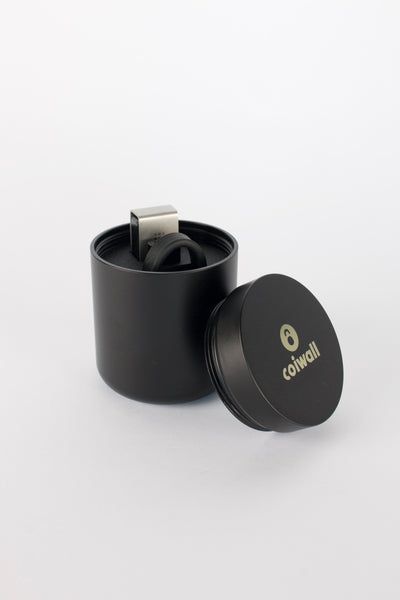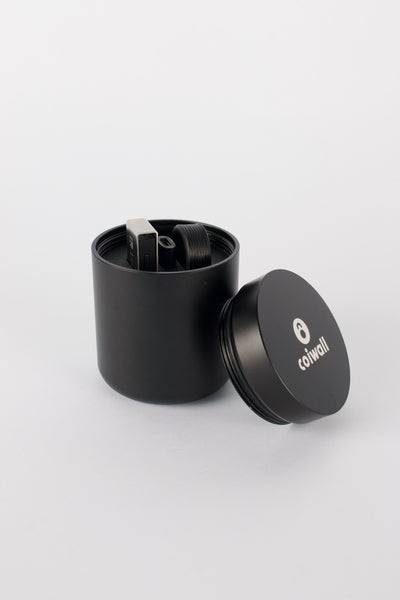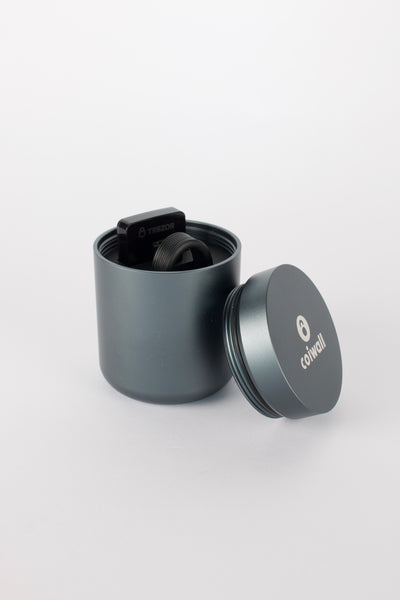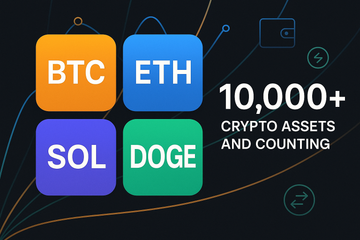Usually, it hits you the first time you open a crypto exchange: a never-ending list of strange, capital-letter combos — BTC, ETH, SOL, even DOGE. They stand out like license plates in a crowded parking lot. If you’ve ever wondered why people in crypto speak in these cryptic codes, or how crucial these tickers really are, well, you’re in the right place.
Why Tickers? Setting the Scene
Let’s take a quick detour. Think about the stock market for a moment. Everybody knows AAPL for Apple or TSLA for Tesla — these symbols aren’t random; they help busy traders and apps cut through the chaos. Crypto took that playbook and ran with it, fast. With thousands of digital coins flooding markets, these codes — or 'tickers' as everyone calls them — became the secret sauce to keeping everything organized and (mostly) sane.
The Basics: What’s a Crypto Ticker Symbol?
Here’s the heart of the matter: a crypto ticker is a unique combo of usually three to five uppercase letters that represents a particular cryptocurrency on exchanges, apps, or hardware wallets such as those from Ledger or Trezor. Think BTC for Bitcoin, ETH for Ethereum, or ADA for Cardano. Kind of like airport codes telling you if you’re headed to JFK or LAX, these little abbreviations make sure nobody confuses Bitcoin with, say, Bitcoin Cash (BCH, if you’re curious).
Tickers exist so trading platforms, wallets, and price charts stay readable. Imagine scrolling through a list where every currency name is spelled out in full — talk about clogging up your screen! These handy codes are easy for both humans and computers to handle. It means you don’t accidentally send your precious ETH to an ETC (that’s Ethereum Classic) address, which might sound silly until you’ve actually seen it happen.
Unique and Universally Recognized — Except When They’re Not
Now here’s where things get quirky. While most tickers are unique on major exchanges, there’s no universal authority controlling them. That’s right. Multiple projects sometimes compete for the same symbol — like a mini turf war. For instance, older coins might lose their tickers to newer, flashier projects if they lose relevance, creating the occasional scuffle and confusion. Ever heard of the ticker DOGE before Dogecoin? Some early projects saw their symbols co-opted as the market expanded.
That said, the well-established digital assets (think BTC or ETH) usually don’t face these problems. These tickers are as recognizable as Coke and Pepsi in the soda aisle. But, in the fast-evolving crypto scene, things aren’t always so tidy.
How Tickers Keep Your Crypto (and Sanity) Safe
Let me explain — when you use a hardware wallet like Trezor or Ledger, you’re shown the ticker for each coin you’re holding. This isn’t just a nice touch; it’s security. Because if you see XLM, you know you’re looking at Stellar Lumens, not XRP (Ripple). It helps you double-check what you’re sending, so a fat-finger slip doesn’t turn into an expensive mistake.
Exchanges rely on tickers too. Every major platform lists tokens by their ticker, from the giants like Binance and Coinbase to decentralized swaps like Uniswap. Search 'BTC' and you’re looking at Bitcoin — no muss, no fuss.
Beyond Letters: Tickers as Crypto’s Cultural Language
Honestly, tickers are more than just codes — they’re part of the culture. Crypto Twitter uses them like shorthand in memes, arguments, and price predictions. Entire communities rally around a symbol. Think about how $DOGE became a global meme, not just a line in a database. You’ll see people wearing shirts that just say 'BTC' or 'ETH' — not 'Bitcoin' or 'Ethereum.' The ticker is, in a way, the identity.
And here’s a fun detail: when tickers go viral, they can influence price action. If a coin picks a snappy, unique ticker, it sometimes catches on faster — because it’s easy to share, remember, and type. Marketing in code, if you will.
Trending Now: Ticker Symbol Stories
- Reclaims and Rebrands: Every so often, you’ll spot a project rebranding and changing its ticker for a fresh start. It’s the blockchain version of “New look, who dis?” Sometimes, that brings a real price jump or renewed community energy.
- Impostor Alert: With copycat coins everywhere, similar tickers trip people up — like the infamous scam tokens on decentralized exchanges that use nearly identical tickers to fool quick-clicking traders. Ouch.
- On Wallets: In the hardware wallet scene, Ledger and Trezor update firmware regularly so they recognize new tokens and display their ticker and logo correctly. It’s about making sure users stay safe and always know what’s what.
Let’s Talk: Ticker Fails and Oddballs
You know what? Sometimes, the ticker game gets weird. We’ve seen heated debates over who 'owns' a certain ticker. Sometimes, tickers are just plain confusing (think MIOTA for IOTA — why the extra M?). Occasionally, a scam project grabs a symbol close to a hot coin and snags some unlucky investors. And as new blockchains launch, clever projects try to nab the next iconic, snappy ticker, hoping lightning strikes twice.
The crypto community has come up with colorful terms for this stuff: “ticker squatting,” “ticker sniping,” and sometimes just plain 'ticker drama.' If you’re deep into Telegram groups or Twitter threads, you’ve seen it all — the outrage, the mockery, the memes.
Future of the Few Letters That Matter
So where is this all heading? Good question! As the number of crypto assets climbs past 10,000 and counting, there’s more demand than ever for distinctive tickers. Some projects try to use numbers or unusual combos. A few exchanges are pushing for more formal standardization, but, so far, the scene is still delightfully messy and human.
Developers, wallet makers, and exchanges are paying more attention to keeping tickers consistent, recognizable, and safe — especially as crypto starts weaving its way into mainstream finance. After all, when your Aunt Linda asks you to help with her Ledger wallet and she says, “Is this really the right ETH?”, you want to be sure.
Takeaway Time — Why You Should Care About Crypto Tickers
Tickers aren’t just background noise for programmers and day traders. They’re the gateway to understanding, using, and safeguarding your digital assets. They’re short, snappy, and yes, sometimes controversial. Next time you see a jumble of letters and feel a hint of confusion, just remember that behind every BTC, ETH, or SOL is a story, a community, and — sometimes — a wild argument about who got there first.
So, the next time somebody asks what a ticker is, you’ll know: it’s not just an abbreviation. It’s a vital part of crypto life, living proof that three or four little letters can sometimes be worth more than gold.

